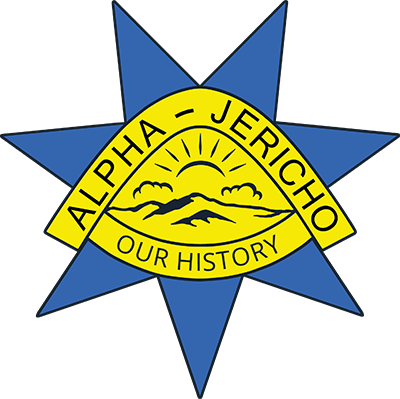Jack Lynch is likely to have been the first person buried in the Jericho Cemetery in November 1884. His burial site is not marked, also the case for many other early burials.
The earliest marked grave is that of Michael Nowland who died on 9 April 1886.[1] The simple headstone on the fenced grave is inscribed (inaccurately dated):
‘Sacred to the memory of Michael Nowland died April 29 1886 aged 56.’
At least 18 burials took place before Michael Noland’s. Of these 11 are infants or children, eight without having been seen by a doctor before their deaths. Descriptions of the causes of death for these children were debility since birth, convulsions, diarrhoea, dysentery and fever. A two-year old was believed to have died from eating a poisonous berry. Dr McNeely, the Scottish trained doctor for the Central Queensland Railway saw the other three children and gave the causes of deaths respectively as atrophy, bronchitis and infant cholera.
The Cemetery Reserve was proclaimed on 18 August 1897 and the Rules and Regulations, adopted by the cemetery trustees, were approved on 10 November 1898. My list of the 12 burials so far identified as occurring between May 1886 and 29 December 1899, the date of the first record remaining in the official Jericho Cemetery Burial Register, is most likely Incomplete.
It is hoped that, with the publication of Jericho Burials, 1884-1898, the list will grow as more names are added; with the help of descendants.
Returning to Jack Lynch who was the business partner of John Monahan, the town’s first hotelier – he was born at Binalong, New South Wales. Although only 34 years old and in Queensland for five or six years, he was already described in a brief epithet as being well-known in the emerging European settlements in the central and western districts of Queensland.
The epithet printed in Queensland Figaro, a Brisbane paper, read:
At his burial, the cemetery was called the Terrick Cemetery at Jericho; a title which disappeared by the time of the next burial in Jericho.
The Jericho Cemetery continues to be used. The shed pictured provides shelter for visitors on the typically hot days in the district. It was ‘erected in Honour and Appreciation of those from the Jericho District who participated in The Great War 1914 – 1918’ as shown on a plaque in the shed.

